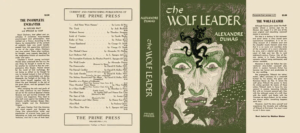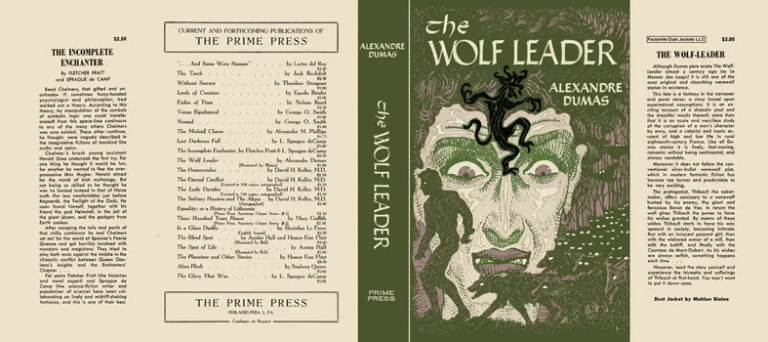Su Casabella di settembre, in omaggio all’inaugurazione della mostra di Edoardo Souto de Moura a Bologna in occasione del Ceraaie, giovedì, sotto il cappello “Piccole architetture cerimoniali” sono raccolti cinque progetti, tre case del tè orientali di Terunobu Fujimori e due padiglioni russi dedicati al rito della vodka.
Il primo progetto è una casa sull’albero: la casa da tè Irisentei a Taipei, del 2010, è infatti un casotto di legno trasportato a sette metri di altezza da cinque pali in bambù annegati in una fondazione di calcestruzzo la cui profondità non è dato sapere. Più nota ancora è la casa del tè Takasugi-an a Chino, in Giappone, di cui consiglio le splendide foto che trovate qui.
Il secondo progetto pubblicato è dello stesso architetto: una barca sul fiume, ovviamente in calcestruzzo e fissata al fondo da un pilastro lungo non è dato sapere quanto, con una leggera copertura in paglia. Si tratta della casa da tè Bochabune, sempre a Taipei, dello stesso anno.
Il terzo, invece, è la casa da tè Flying Mud Boat, una struttura sospesa tra due pali e sorretta da cavi d’acciaio come un gigantesco dondolo a forma di nido. Si trova a Nagamo, sempre in Giappone.
Agli splendidi e poetici progetti giapponesi, Casabella decide di accostare due progetti russi, simili per spirito e linguaggio, di altrettanti padiglioni per bere firmati da Aleksander Brodsky, architetto e artista moscovita già autore di splendide incisioni. I due progetti qui proposti sono l’Ice bar e l’incantevole Vodka Ceremonial Pavillion, nel Klazminskoye Reservoir Resort vicino a Mosca. Entrambe sono strutture che, a contatto con il clima rigido, si trasformano seguendo l’ora del giorno e la tutt’altro che dolce stagione: il primo è un parallelepipedo con serramenti in legno, sulla riva del lago, ma una rete metallica sostituisce il vetro del serramento e, con il ghiaccio e la notte, l’oggetto si trasforma in una lanterna sulla spianata gelata. Il secondo i vece è un casotto su quattro piccoli piedi, cui si accede con una romantca scaletta, commissionato nel 2003 per il festival artistico ArtKlyaz’ma e realizzato utilizzando telai recuperati da un edificio industriale dismesso nel centro di Mosca.













No Comments